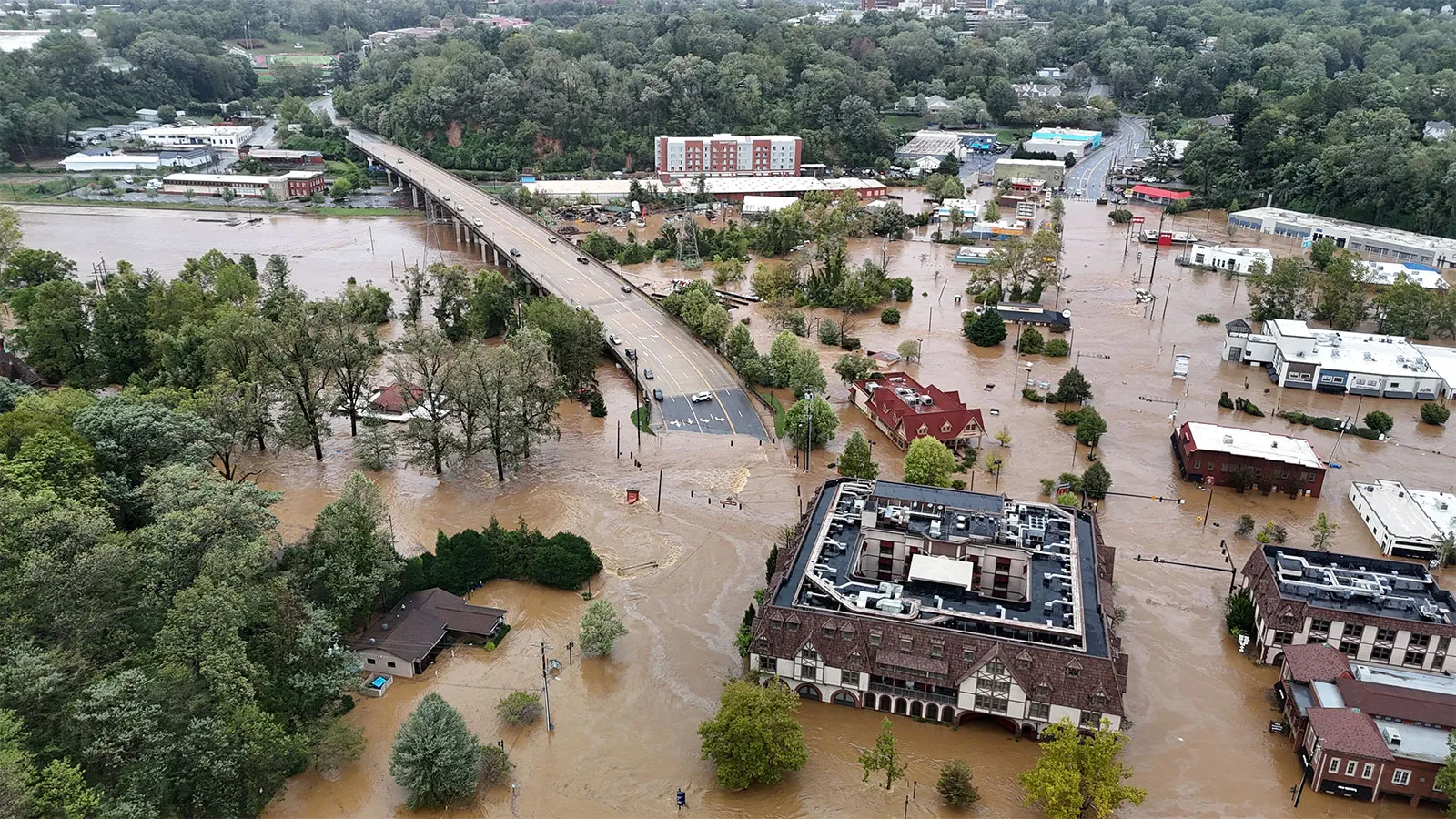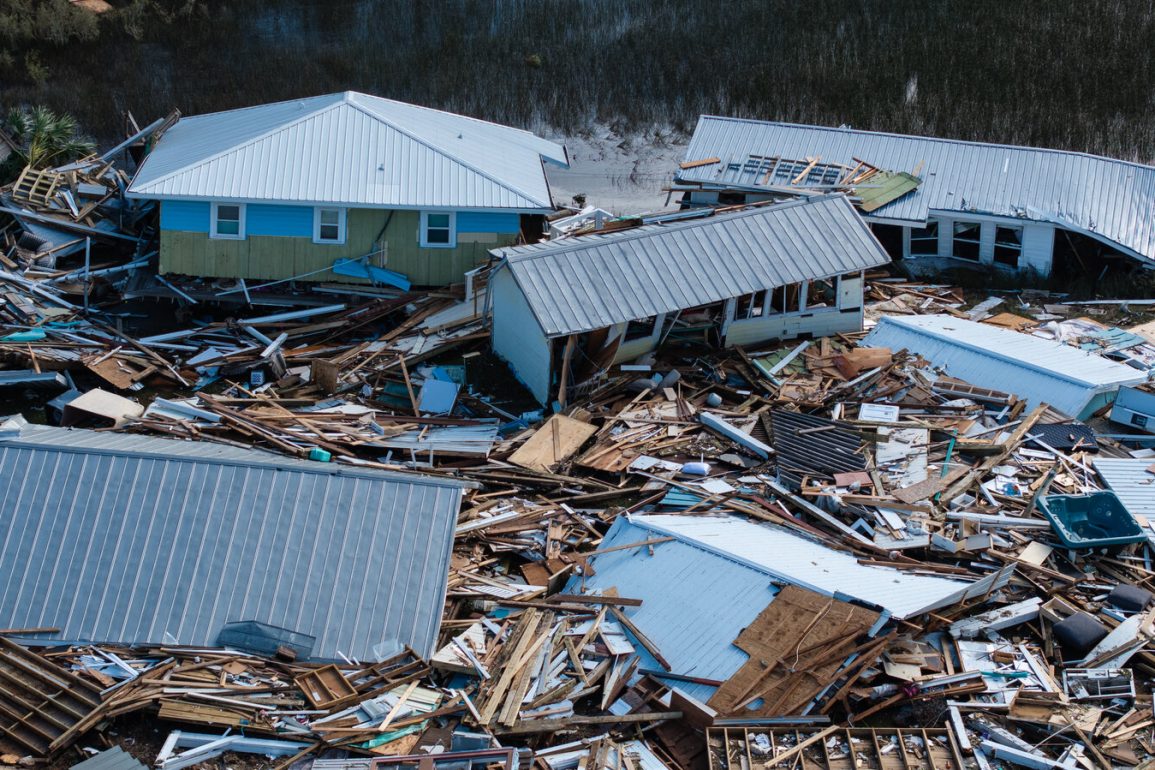Hurricane Helene has become the most economically damaging natural disaster in North Carolina’s history, with an estimated $53 billion in damages, tripling the cost of Hurricane Florence in 2018. Governor Roy Cooper is urging lawmakers to approve a $3.9 billion relief package to begin addressing the damage.
This announcement comes ahead of a legislative session where lawmakers will debate another disaster relief bill. The federal government is expected to contribute billions to rebuild homes, and roads, and support farmers and small businesses. However, many homes affected by Helene were uninsured, leaving gaps in coverage.
Governor Cooper emphasized that the $3.9 billion is only a “down payment” toward the recovery of western North Carolina. He highlighted the need to bypass slow federal processes to help people rebuild their homes more quickly.
Cooper has faced criticism for delays in past recovery efforts after Hurricanes Florence and Matthew. This new plan focuses on starting the rebuilding process sooner by providing direct financial aid that is not tied to the federal government’s more cumbersome systems, allowing for faster recovery.

Earlier this month, the Republican-led legislature passed a $273 million disaster relief bill, which Cooper signed into law. Both parties indicated that this initial relief was only the beginning, with more aid expected as the scope of damage became clearer.
However, as more funding is now at stake, the bipartisan spirit of the earlier relief effort may be tested. Senate leader Phil Berger criticized Cooper for mishandling past recovery efforts, and while there has been no formal response from key lawmakers regarding the new proposal, their reaction remains uncertain.
Cooper’s relief proposal aims to address the massive gap in unfunded damage, which stands at $33.8 billion after federal and insurance contributions.
His $3.9 billion plan includes key allocations, such as $475 million for business loans, $250 million for farmers, $325 million for housing reconstruction, and $50 million for affordable housing incentives. Additionally, funds are set aside for infrastructure repairs, mental health services, and food bank support, indicating the wide range of recovery needs across the state.
A significant portion of the proposed funds will go directly to local governments and communities to help them cope with tax revenue losses and the costs of rebuilding essential infrastructure.
This includes $50 million to local governments and another $50 million for rebuilding privately owned roads and bridges. The state is seeking to ensure that critical services and infrastructure are restored quickly to prevent further economic decline in the affected areas.

